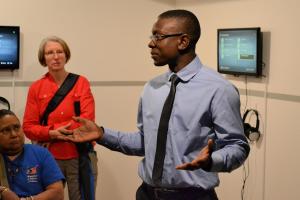By Joseph Abernethy
Welcome back to another edition of Mapping the Village! In this edition of clubs becoming condos we’re going to explore the “great migration” of the 1980’s and the birth of what we consider todays village. It’s important to note that at the beginning of this pivotal decade the Toronto queer community experienced Operation Soap – the 1981 Bathhouse Raids – and saw the rise of the HIV/AIDS epidemic which devastated a generation over the course of the decade. With that in mind it shouldn’t come as a surprise that the community continued opening more bars off Yonge Street.
That being said, 1 Isabella Street was the home of Komrads a bar that opened in the summer of 1985. This wasn’t just any bar, it opened with an advanced sound system and the largest dance floor the village had to offer. This wonderful combination meant that its cliental could dance 7-days a week to all the Madonna the mid 80’s had to offer. The location is now a club of another kind, Hone Fitness. So, if you want to pay homage to Komrads put some Whitney Houston on your gym playlist and go get your sweat on.
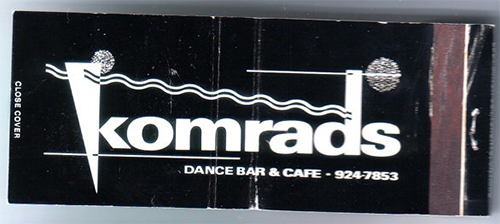
Further south at 418 Church Street at Granby Street was The Barn. This particular bar famously hosted the best College Night in the village. What The Barn lacked in flash and pizazz, it made up for with fiercely loyal patrons. This Church Street institution remained open for more than 20 years until its owner Jank Naglic was murdered in 2004, it reopened under new ownership in 2007 and was finally shuttered in 2012. Although condos have sprouted up and down this stretch of Church Street the location remains undeveloped.
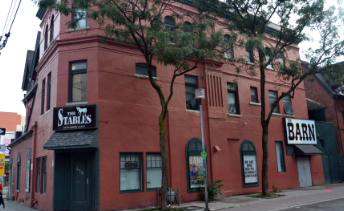
The Village staple Woody’s opened at 467 Church Street in 1989. The bar recently had its 40th anniversary it would barley be recognizable to the original patrons. When it opened Woody’s was a quarter of its current size. It’s sister club, Sailors at 465 Church opened to great fanfare in 1994, and the fact that the two bars are connected from the inside make it very much a part of the entire Woody’s experience. The bar has always had a tradition of supporting local sports teams, in 1989 it first hosted the volleyball tournament Tour of Toronto. Now Woody’s maintains this tradition by supporting a variety of LGBTQ2+ sports leagues ranging from football to dodgeball.
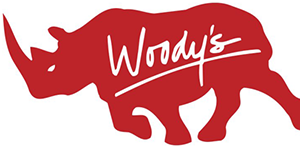

East of the village at 592 Sherbourne Street is the 136-year old Gooderham Mansion. In the ‘80s this heritage building was the Hotel Selby and, in the basement, tucked in along the side street was a bar called Boots. Starting off as a leather bar its popularity increased thanks to a large patio and extensive renovations in 1983. Over time there were many, many noise complaints from the guests at the Hotel Selby, but since management knew the majority of revenue came from the increasingly popular Boots – the bar usually won out. Recently the property and mansion at 592 Sherbourne Street were bought up by Diamond Corp, Cityzen Development Group and Fernbrook Homes for development. The Hotel Selby was restored to the opulence of its early days. It reopened as Maison Selby in 2019 – a French bistro with a secret speakeasy in the basement. The glorious Maison Selby is a façade that dwarfs the 52-storey Condo / Townhouse development set back behind it.

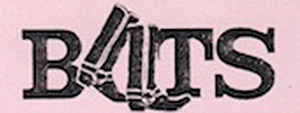
The 80s were a transformative time for the Toronto LGBTQ2+ community. The desire for a place of our own, increased acceptance and a drive for our LGBTQ2+ rights led to the centralization of our community and start of the village that we now know. We can keep our stories alive because of the essential donations to our collections from community members. Our collections are always growing and we welcome photos, videos, ephemera and other media that would broaden the scope of our stories and history of the 80s, especially the iconic hot spots and clubs described in this article.

